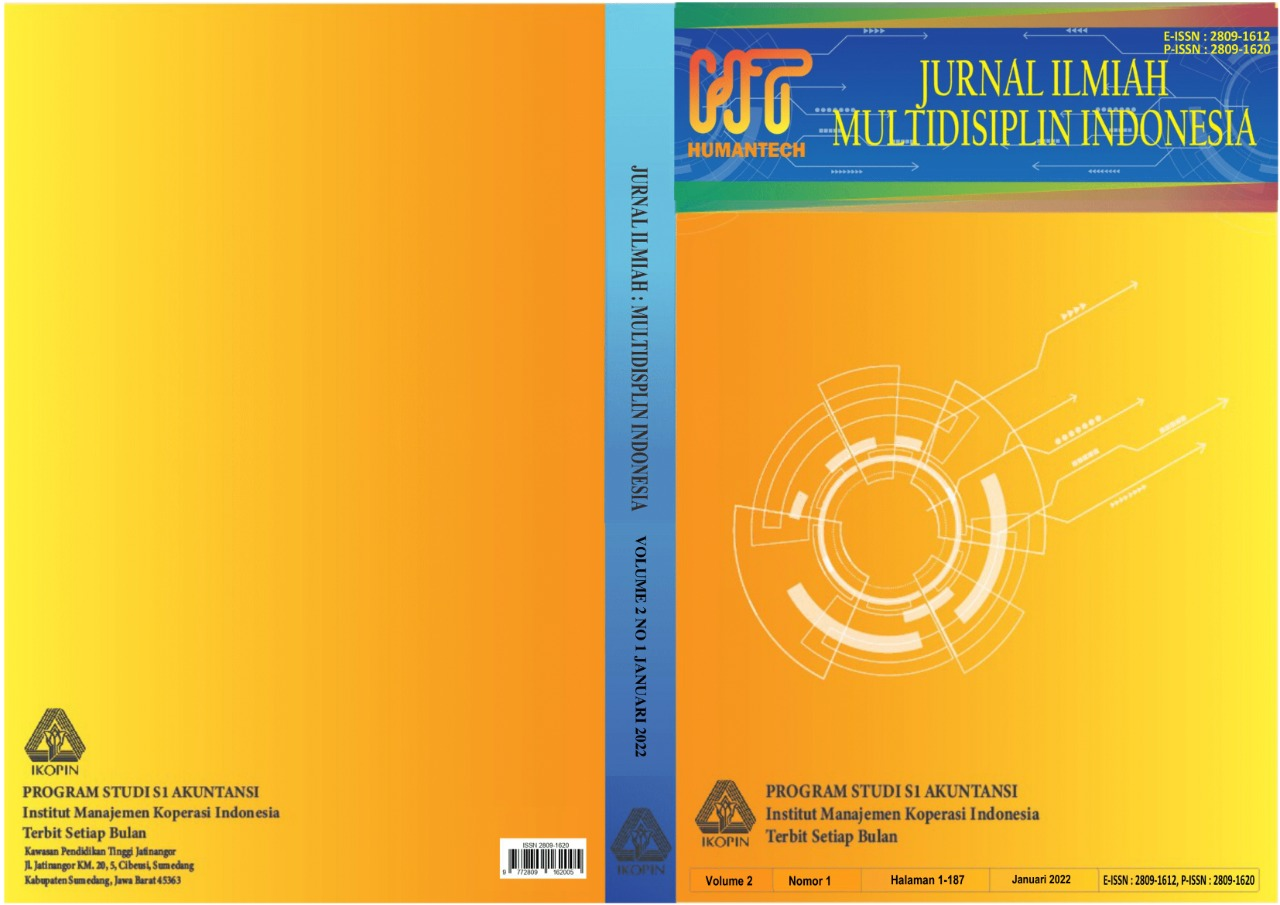KONSTRUKSI SOSIAL TEKNOLOGI DALAM FENOMENA FITUR TRY ON PADA PEMILIHAN PRODUK DI KATALOG DIGITAL KOSMETIK
Main Article Content
Abstract
Konsep konstruksi sosial teknologi menganggap perkembangan teknologi sebagai proses interaksi dan hubungannya dengan kelompok social. Seiring waktu, konsep konstruksi sosial teknologi mendapat ketertarikan dan atensi dari akademisi lain serta mengalami perubahan progresif. Pada artikel ini penulis mengidentifikasi dan menemukan kesenjangan penelitian sebelumnya tentang konsep sosial teknologi melalui kajian literatur. Hasil perbandingan konsep konstruksi sosial teknologi pada penelitian sebelumnya memuat perbedaan dan pergeseran kebutuhan antara organisasi, kelompok atau anggota masyarakat terhadap konstruksi sosial teknologi. Metode penelitian yang digunakan adalah tinjauan literature sistematis melalui pendekatan kualitatif deskriptif. Kerangka konseptual menjelaskan hubungan antara teknologi dan masyarakat serta menjawab pertanyaan tentang bagaimana proses kerja pembentukan teknologi dan perilaku sosial dalam masyarakat. Situasi mengatakan bahwa teknologi seperti sains dan konstruksi sosial adalah lintasannya. Teknologi dalam penciptaannya mengasilkan inovasi dan bergantung pada banyak faktor sosial serta hubungan antar kelompok sosial. Salah satu kebutuhan konstruksi sosial penyeimbangan ekonomi masyarakat dalam perkembangan teknologi yaitu memungkinkan individu serta kelompok mempermudah pengambilan keputusan dan memilih produk kosmetik dalam fitur try on.
Article Details
References
Adolf, M., Mast, J. L., & Stehr, N. (2013). The foundations of innovation in modern societies: The displacement of concepts and knowledgeability. Mind & Society, 12(1), 11-22.
Burr, V. (2015). Social constructionism. Routledge.
Bousquet, A. J. (2022). The scientific way of warfare: order and chaos on the battlefields of Modernity. Oxford University Press.
Deguchi, A., Hirai, C., Matsuoka, H., Nakano, T., Oshima, K., Tai, M., & Tani, S. (2020). What Is society 5.0 Society
Douglas, D. G. (2012). The Social Construction of Technological Systems, anniversary edition: New Directions in the Sociology and History of Technology. MIT press.
Drew, R. (2016). Technological determinism. A companion to popular culture, 38(1), 1-67. O'Donnell, C., & Larkin, A. (2022). An Analysis of the History and Development of the Printing Press as Critique of Technological Determinism. CUJ, 1(1).
Fulk, J. (2017). Social construction of communication technology. Academy of Management Journal.
Hoehe, M. R., & Thibaut, F. (2022). Going digital: how technology use may influence human Brains and behavior. Dialogues in Clinical Neuroscience.
Leaton Gray, S. (2017). The social construction of time in contemporary education: implications For technology, equality and Bernstein’s ‘conditions for democracy’. British Journal of Sociology of Education, 38(1), 60-71.
Pinch, T. (2012). The social construction of technology: A review. Technological change, 17-35.
Rogan, F. (2021). Metaphors of technological change. In Metaphor, Sustainability, Transformation (pp. 31-45). Routledge.
Sani, A., Sumartias, S., Hafiar, H., & Ismail, N. (2022). West Java Regional Police Public Relations Personnel’s adaptation to digital age communication. PRofesi Humas Jurnal Ilmiah Ilmu Hubungan Masyarakat, 7(1), 73-92.
Schlesinger, P (2017). The creative economy: invention of a global orthodoxy, Innovation: The European Journal of Social Science Research, 30(1), 73-90.
Surry, D. W., & Baker III, F. W. (2016). The co‐dependent relationship of technology and Communities. British Journal of Educational Technology, 47(1), 13-28.
Tolikas, M., Antoniou, A., & Ingber, D. E. (2017). The Wyss institute: A new model for medical Technology innovation and translation across the academic‐industrial interface. Bioengineering & translational medicine, 2(3), 247-257.
Wijono, Sutarto. (2012). Psikologi Industri dan Organisasi, Dalam Suatu Bidang Gerak Psikologi Sumber Daya Manusia, Cetakan ketiga, Jakarta: Kencana Prenada Media Grop
Xiao, Y., & Watson, M. (2019). Guidance on conducting a systematic literature review. Journal Of Planning education and research, 39(1), 93-112.

